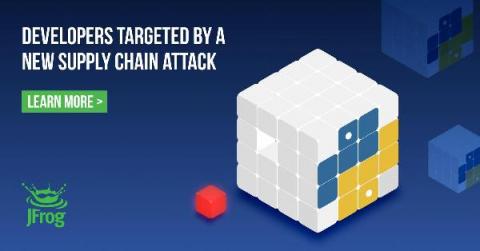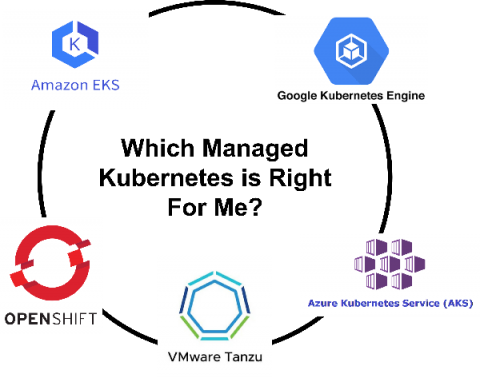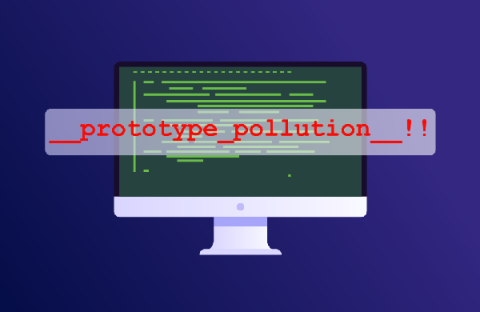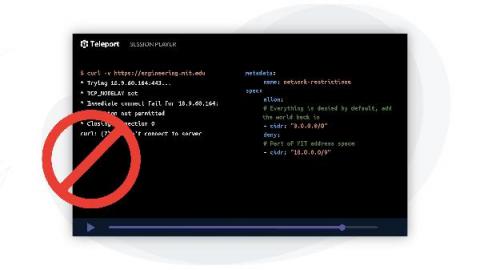JFrog detects malicious PyPI packages stealing credit cards and injecting code
Software package repositories are becoming a popular target for supply chain attacks. Recently, there has been news about malware attacks on popular repositories like npm, PyPI, and RubyGems. Developers are blindly trusting repositories and installing packages from these sources, assuming they are secure.











